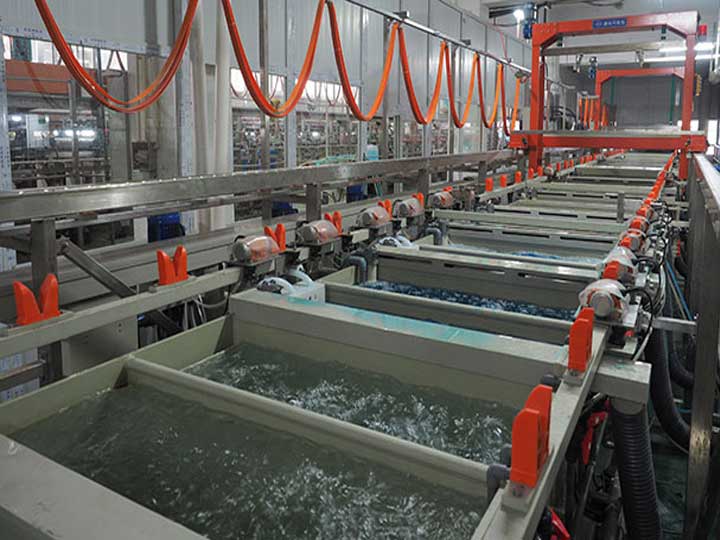
Anodes For Precious Metal Plating
The electroplating process consists of the immersion of an object to be coated in a bath containing an anode.
The object itself functions as the cathode.
The bath is usually an aqueous solution of salts of the metal to be deposited.
An electrolytic cell is produced when voltage is applied to the anode.
The cathode is negative.
Metal ions formed in the solution are attracted to the cathode where they gain electrons and deposit out of the solution onto the cathode surface as the pure metal.
Our electroplating anodes are available in an extensive selection of standard and custom shapes to fit a wide variety of plating systems. The regular shapes are plates, baskets, rods, bars, squares, etc.
Electroplating is the process of coating a metal object with a thin layer of another metal by means of electrolysis. Electroplating is used to give metal objects a better appearance or to protect them from corrosion, wear, or rust.
In the electroplating industry, Anodes for plating applications:
- Electro galvanizing (zinc plating), including steel strip plating;
- Precious metal plating (gold, silver, palladium, etc.);
- Nickel plating;
- Tin plating (steel strips);
- Copper plating, copper foil production, copper foil treatment, and PCB copperizing
- Precious metal recovery;
- Hard chrome plating (Cr 6+): piston ring;
- Decorative chrome plating (CrCl3, Cr2 (SO4)3, medium);
- Base metal plating (Cu, Zn, Ni).
- Aluminum anodizing in liquid-contact-cells
Advantages
+ Improved resistance for oxygen/chlorine mixed evolution
+ Range of compositions for various duties available
+ Improved resistance in acidic media
+ Low wear rate
